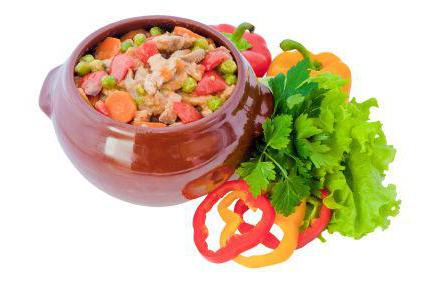
Chronic pancreatitis is quite dangerousand a prolonged disease that is accompanied by inflammatory processes of the pancreas, as well as damage to its cells and tissues. This article will describe the classification of chronic pancreatitis, as well as the main features of this disease.
Chronic pancreatitis most often occurs inrepresentatives of the weak half of humanity in the elderly, and less often in middle age. The main cause of this pathology development is malnutrition.

The most common problems with the pancreasarise precisely when a person begins to eat an excessive amount of fried and fatty foods. However, this is not the only extreme. This disease can also attack women who observe an excessively strict diet and deny themselves useful food products. If the human body receives very little fat and protein, the pancreas simply stops functioning properly. And besides, if a person also abuses alcohol, then you can rest assured, chronic pancreatitis will make itself felt.
To date, there is simply a huge number of classifications of the disease, each of which takes into account certain factors. Let us consider each of them in detail.
This classification is very popular and widely used all over the world. According to it, there are four forms of this disease:

In order to understand such a question asclassification of chronic pancreatitis, it is necessary to understand what function is performed by such an organ as the pancreas. It is worth knowing that he produces various enzymes that are directly involved in the process of digesting food. Enzymes of the pancreas can digest incoming food to such a state that it can be absorbed. For a day, this body is able to produce about one liter of secret, so important for proper digestion of food.
In order to better understand the classification of chronic pancreatitis, it is necessary to understand what symptoms this pathology has. And so, on what signs it is necessary to pay attention:

In fact, this disease can beginDevelop for several reasons, as well as their combination. Pay attention to the reasons, which, according to doctors, are most often the cause of this pathology:

This classification is modern andwidely used for today. According to this classification, the World Health Organization introduces new diseases every 10 years, it also includes chronic pancreatitis. The modern classification gives each disease its own cipher, so even if the doctor does not understand a foreign language using this cipher, he will be able to understand what kind of disease it is.

So, according to this classification, chronic pancreatitis has two forms:
Cambridge classification of chronicPancreatitis is particularly popular among Western medical professionals. It is based on the gradation of changes in the pancreas at different stages of the disease. According to this classification, the following stages of the disease are distinguished:

Chronic biliary-dependent pancreatitis isa long-lasting disease of the pancreas, which develops against the backdrop of pathologies that were present in the body even at the time of the birth of the baby. In fact, such a disease is very common and characterized by such symptoms:

Such a disease is usually treated in a conservative way, but in very rare cases surgical intervention may be required.
Chronic pancreatitis (classification byrecidivism is used extremely rarely) is characterized by a very frequent occurrence of pain. It can not be said that such pains are very sharp, however, if the treatment is wrong, the patient's condition can deteriorate significantly.
However, if simultaneously with this pathology, uthe patient also has other diseases of the digestive system, then the pain can be simply intolerant. Usually the pain syndrome is present from several hours to several days. In order to eliminate the symptoms of this disease, you need to use methods of conservative treatment, as well as normalize nutrition.
Chronic pancreatitis, the etiology of which canto have a diverse nature, it is very important to start treatment on time, otherwise this pathology can lead to the formation of other diseases. Usually the chronic form of the pathology is very difficult to cure by conservative methods, therefore, specialists suggest to resort to an operative intervention. Do not make hasty conclusions, visit several doctors, and already on the basis of the general recommendations received, determine the scheme for further treatment.
Do not forget that the treatment process should be aimed at the elimination of pain, the removal of inflammatory processes, as well as the process of removing bile from the body.
It is very important to determine what kind of pancreatitis in each individual case. The form of the disease depends on many factors. Let us examine in more detail what forms scientists give:
Of course, this disease is enougha severe character, so doctors advise to take care of themselves and eat their patients correctly. Chronic pancreatitis can be cured with conservative treatment, but this can only be done if the disease has only an early stage. In the most difficult stages, it is usually impossible to do without surgical intervention.
Eat right, go in for sports, have a rest more and in time address to the doctor, and then to you any disease will not be terrible. Be healthy and take care of yourself.
</ p>>